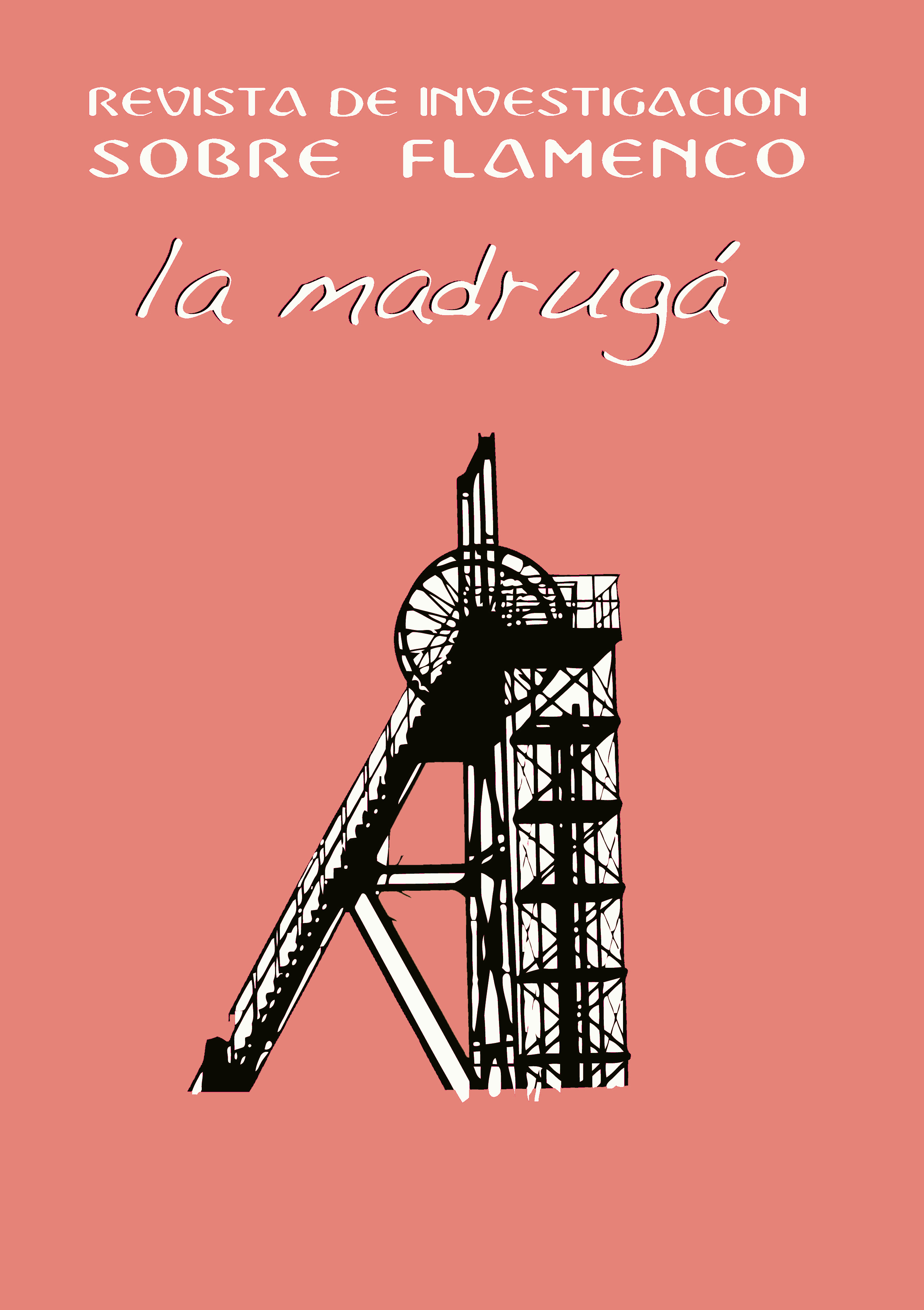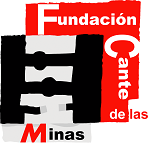Teaching Hispanic Culture, Diversity, and Tolerance through Hispanic Dances and Music: Two Approaches for Flamenco & Caribbean Dances
Supporting Agencies
- Fort Hays State University
Abstract
A Sociology Approach: Dance can be a useful tool for teaching students about culture and community. Through the language of Dance and Music (Caribbean Dance), context is given to social facts, which engages and informs students about such social issues as history, Colonialism, social class, gender, race/ethnicity, and social justice. The added bonus of using Dance as a lens is that it involves active, embodied learning (Dewey, English, Mead), making the material more memorable, meaningful, and relevant to the learner.
A Communicative Approach (Task-based Learning Activity) \& Language for Specific Purposes: Task-Based Language Teaching (TBLT) is a derivative of the
Communicative Approach (CA) and Second language Acquisition (SLA) studies. Certain types of communicative learning activities can lead to acquisition of language (Abdel Kazeroni, Aquilino Sanchez, Margaret Robertson, Yiqng Lin). When teaching a Hispanic Dance Session using specific Spanish vocabulary of the dance to address certain dance movements (like Flamenco dance), we engage language learners in acquiring Spanish parts of language related to the flamenco dance. We also immerse learners in the culture of flamenco dance, and its rich cultural context, so they can learn about the social context, gender issues, the different meanings of the dance movements, the metaphors, and by extension they will learn about diversity, tolerance, inclusion, and respect for another culture through dance and music (Language for Specific Purposes: Angela N. Gardner, Howard Gardner, Victoria Escaip).
Downloads
References
Bell, David (1997). Steps to Dance in the Adult EFL Classroom. The Journal of the Imagination in Language Learning and Teaching IV.
Bruce Composer, David (2018, Oct 12). The Mystery at the Heart of Flamenco.
Daniel, Ivonne (1995). Rumba: Dance and Social Change in Contemporary Cuba (Blacks in the Diaspora). Bloomington: Indiana University Press.
Daniel, Yvonne (2005). Dancing Wisdom: Embodied Knowledge in Haitian Vodou, Cuban Yoruba, and Bahian Candomblé. Chicago: University of Illinois Press.
Daniel, Yvonne (2011). Caribbean and Atlantic Diaspora Dance: Igniting Citizenship. Chicago: University of Illinois Press.
Dewey, John (1997). Experience and Education. New York: Touchstone Books.
Dox, Donnalee (2005). Dance: New History of the Dictionary of Ideas.
Eakin, Marshall C. (2007). The History of Latin America: Collision of Cultures. New York: St. Martin’s Press.
English, D. Nicole (2015). Dance as Community of Practice: Exploring Dance Groups in the Kansas City Area through the Lifespan (PhD diss). Kansas City: University of Missouri-Kansas City.
English, D. Nicole and Strong, Michael H. (2018). Using Social Dance as a Tool to Teach Tolerance and Inclusion. Conference presentation at Midwest Sociological Society Conference, March 22, 2018. Minneapolis, MN: Midwest Sociological Society.
Escaip, Victoria (2010). Dance in the Language Class. New Zealand: University of Canterbury.
Espino-Bravo, Chita (2021). Leading the Dance: Teaching Hispanic Culture, Diversity, and Respect for Other Cultures through Dancing and Music. Language Magazine. Improving Literacy & Communication. Published July 1, 2021 (distributed at the AATSP in Atlanta 2021). Volume 20-Issue 11 (July 2021), pp. 24-26.
Espino Bravo, Chita and English, D. Nicole (2022). Teaching Hispanic Culture, Diversity, and Tolerance through Hispanic Dances and Music: Two Approaches for Flamenco & Caribbean Dances. Conference presentation at Intercultural Learning in Plurilingual Contexts. XXIX International Conference on Learning. University of Valencia.
Gardner, Angela N. (2016). Fostering Connections, Empowering Communities, Celebrating the World. The Case for Integrating Dance in the Language Classroom. Selected Papers from the 2016 Central States Conference on the Teaching of Foreign Languages. Lincoln: University of Nebraska.
Gardner, Howard (2011). Frames of Mind. The Theory of Multiple Intelligences. New York: Basic Books.
Hanna, Judith Lynne (1987). To Dance is Human: A Theory of Nonverbal Communication. Chicago: University of Chicago Press.
Hanna, Judith Lynne (2008). A Nonverbal Language for Imagining and Learning. Dance Education in I-12 Curriculum. Educational Researcher, 37(8), pp. 494-499.
Hanna, Judith Lynne (2015). Dancing to Learn: The Brain’s Cognition, Emotion, and Movement. New York: Rowman & Littlefield Publishing Group.
Johnson, Mark (1990). The Body in the Mind: The Bodily Basis of Meaning, Imagination, and Reason. Chicago: University of Chicago Press.
Kazeroni, Abdel (1995). Task-based Language Teaching. Asp, 7-10, pp. 113-132.
Krashen, Stephen D. (1983). The Din in the Head. Input and the Language Acquisition Device. Foreign Language Annals 16(1), pp. 41-44.
Krashen, Stephen (2015). The Ecstasy Hypothesis. Peerspectives, 14, pp. 1-4.
Krashen, Stephen (2015, July). TPRS : Contributions, Problems, New Frontiers, and Issues (July 2015).
Lin, Yiqng (2020). Analysis of the Teaching Methods between Communicative Approach and Task-based Approach. Academic Journal of Humanities & Social Sciences 3(11), pp. 22 27.
Mack, Lorrie (2012). Dance. First American Edition. London: Darling Kindersley Publishing.
Malefyt, Timothy deWaal (1998). ‘Inside’ and ‘Outside’ Spanish Flamenco: Gender Constructions in Andalusian Concepts of Flamenco Tradition. Anthropological Quarterly 71(2), pp. 63–73.
Manuel, Peter; Largery, Michael and Bilby, Kenneth (2016). Caribbean Currents: Caribbean Music from Rumba to Reggae. 3rd Edition. Philadelphia: Temple University Press.
Mead, George Herbert (1967). Mind, Self, & Society. Chicago: University of Chicago Press.
Menchaca, Martha (2002). Recovering History, Constructing Race: The Indian, Black, and White Roots of Mexican Americans. Austin: University of Texas Press.
Menchaca, Martha (2022). The Mexican American Experience in Texas: Citizenship, Segregation, and the Struggle for Equality. Austin: University of Texas Press.
Ortega, José F. (2017). De la danza y el baile en tiempos de Cervantes. Cuadernos de Investigación Musical, junio, nº 2, pp. 5-17.
Pinter, IIdiko (1999). Second Language Development Through the Use of Dance. Brock Education Journal 9 (1), pp. 1-8.
Powers, Richard (2010, July 30). Use It or Lose It: Dancing Makes You Smarter, Longer.
Royce, Anya Peterson (1982). Ethnic Identity Strategies of Diversity. Bloomington: Indiana University Press.
Sloat, Suanna (Ed.) (2005). Caribbean Dance from Abakuá to Zouk: How Movement Shapes Identity. Gainesville: University Press of Florida.
Trace, Jonathan; Hudson, Thom and Brown, James Dean (2015). Developing Courses in Languages for Specific Purposes. “An Overview of Language for Specific Purposes”. Honolulu: University of Hawai’i, pp.1-23.
- 03-01-2024 (3)
- 28-12-2023 (2)
- 27-12-2023 (1)
Las obras que se publican en esta revista están sujetas a los siguientes términos:
1. El Servicio de Publicaciones de la Universidad de Murcia (la editorial) conserva los derechos patrimoniales (copyright) de las obras publicadas, y favorece y permite la reutilización de las mismas bajo la licencia de uso indicada en el punto 2.
2. Las obras se publican en la edición electrónica de la revista bajo una licencia Creative Commons Reconocimiento-NoComercial-SinObraDerivada 3.0 España (texto legal). Se pueden copiar, usar, difundir, transmitir y exponer públicamente, siempre que: i) se cite la autoría y la fuente original de su publicación (revista, editorial y URL de la obra); ii) no se usen para fines comerciales; iii) se mencione la existencia y especificaciones de esta licencia de uso.
3. Condiciones de auto-archivo. Se permite y se anima a los autores a difundir electrónicamente las versiones pre-print (versión antes de ser evaluada) y/o post-print (versión evaluada y aceptada para su publicación) de sus obras antes de su publicación, ya que favorece su circulación y difusión más temprana y con ello un posible aumento en su citación y alcance entre la comunidad académica. Color RoMEO: verde.









